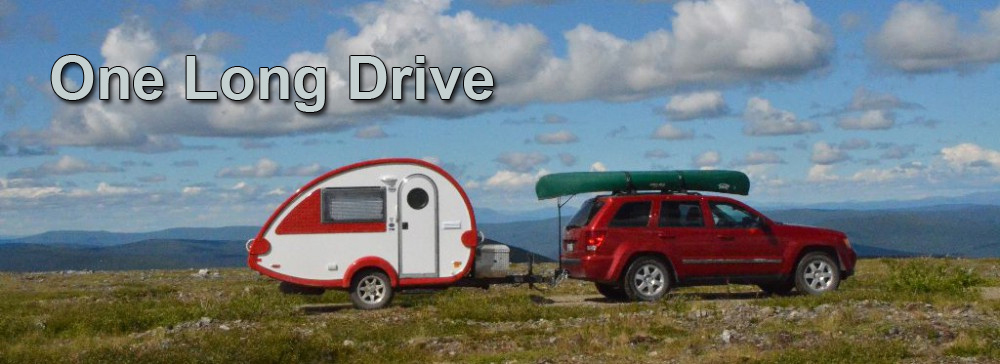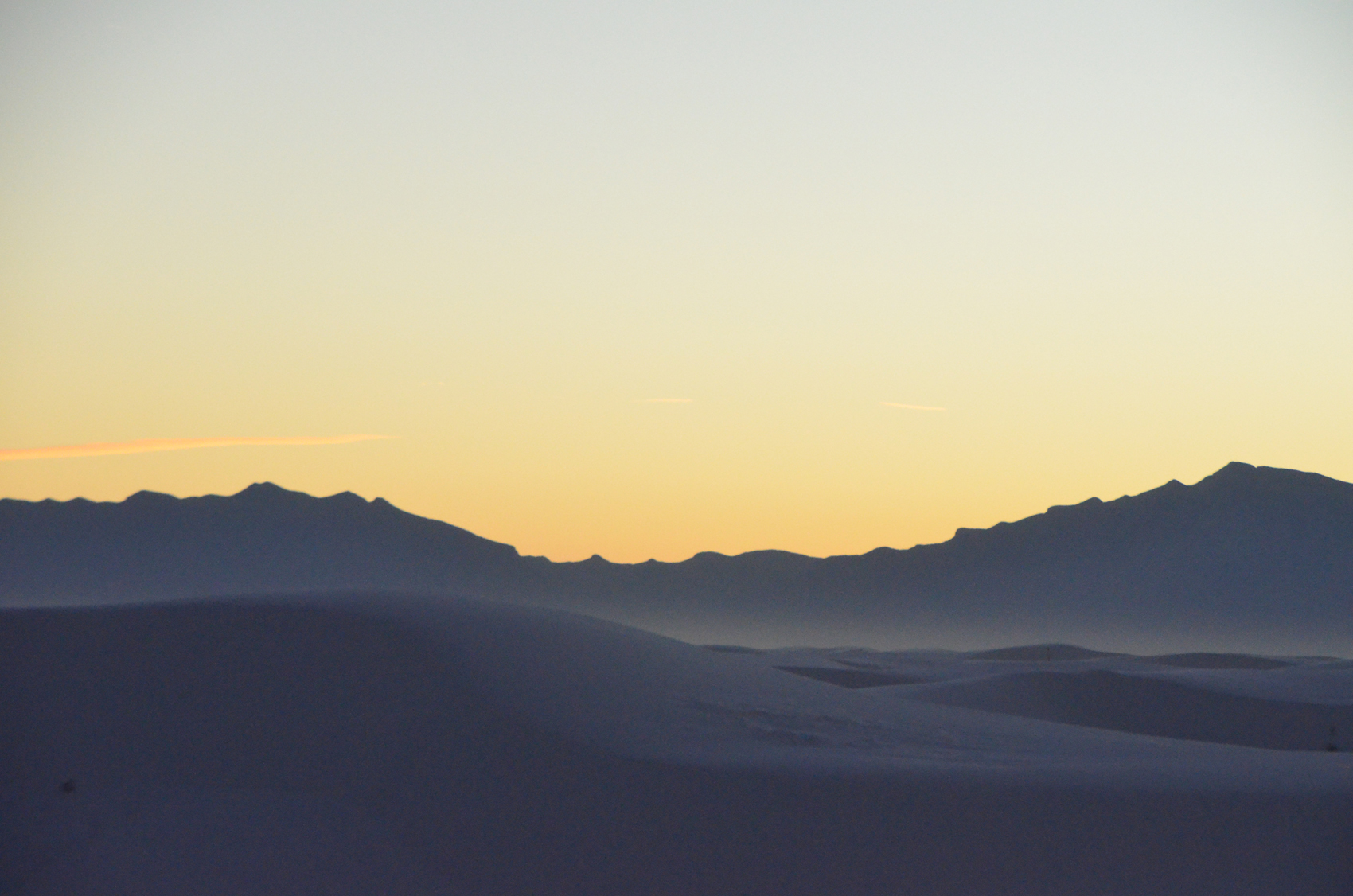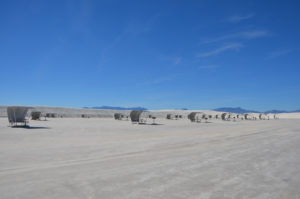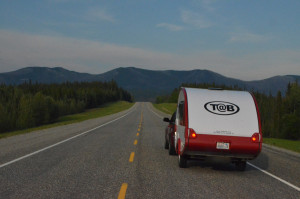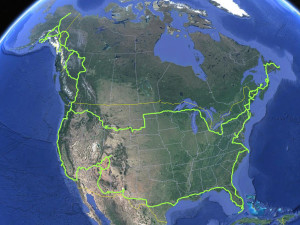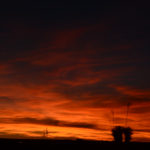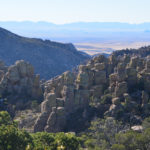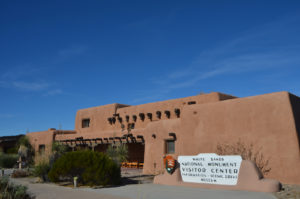 November 17th, 2015 – White Sands National Monument, NM – White Sands National Monument provides an easy way to get close to this amazing natural wonder. A visit won’t really be complete unless you plan to take in a sunset or two here. If you only learn one thing, be sure you learn where the white sand comes from. I actually got my sunset first (on the 17th), but the story tells better if I leave that to last.
November 17th, 2015 – White Sands National Monument, NM – White Sands National Monument provides an easy way to get close to this amazing natural wonder. A visit won’t really be complete unless you plan to take in a sunset or two here. If you only learn one thing, be sure you learn where the white sand comes from. I actually got my sunset first (on the 17th), but the story tells better if I leave that to last.
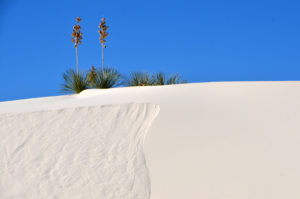 Its dry and mostly hot, so… water. Okay, after that, be sure you either read about the area before you arrive, take in the exhibits at the visitor center, or join a ranger led program. Or some combination, so you can really appreciate what you are seeing, rather than just staring at some pretty white hills.
Its dry and mostly hot, so… water. Okay, after that, be sure you either read about the area before you arrive, take in the exhibits at the visitor center, or join a ranger led program. Or some combination, so you can really appreciate what you are seeing, rather than just staring at some pretty white hills.
I didn’t get to join in any ranger led activities, but a quick walk through the visitor center and their intro film were worth the time. The “White” sand isn’t really so white, well not midday anyhow. The park service does offer some tips about how to get your pictures to turn out well.
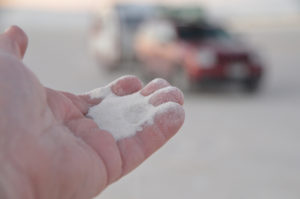 The sand is made up of powder like grains of soft gypsum. Run-off from the nearby mountains is laden with minerals and this floods a slightly depressed “lake” that has no natural outlet. The water evaporates leaving the minerals behind. Selenium crystals grow large in the mud and are carried along by heavy winds. The crystals are soft and break into increasingly smaller pieces. While they start out translucent, about the color of apple juice, the surfaces get scratched become opaque, reflecting the bright sunlight.
The sand is made up of powder like grains of soft gypsum. Run-off from the nearby mountains is laden with minerals and this floods a slightly depressed “lake” that has no natural outlet. The water evaporates leaving the minerals behind. Selenium crystals grow large in the mud and are carried along by heavy winds. The crystals are soft and break into increasingly smaller pieces. While they start out translucent, about the color of apple juice, the surfaces get scratched become opaque, reflecting the bright sunlight.
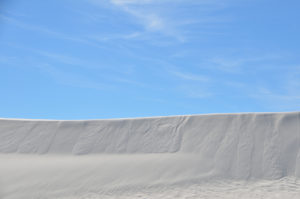 The sand piles up, and more sand is pushed over the crest. This process causes the piles to move across the land like waves. The plants living here will grow taller as the sand piles up around them to maintain a bit above the sand where they can get energy from the sun. If you look at a satellite image you will see that the roads are at the eastern edge of the dunes, so the sand here should be the finest grains.
The sand piles up, and more sand is pushed over the crest. This process causes the piles to move across the land like waves. The plants living here will grow taller as the sand piles up around them to maintain a bit above the sand where they can get energy from the sun. If you look at a satellite image you will see that the roads are at the eastern edge of the dunes, so the sand here should be the finest grains.
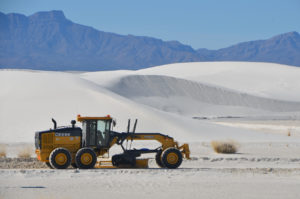 The park service keeps the roads clear of drifting sand using heavy machinery, like road graders. They scrape and push the new sand to the sides, creating a semi-smooth surface. They also provide restrooms and picnic areas.
The park service keeps the roads clear of drifting sand using heavy machinery, like road graders. They scrape and push the new sand to the sides, creating a semi-smooth surface. They also provide restrooms and picnic areas.
The picnic shelters are arranged in open flat areas and the curved wall and roof provide both shade and shelter from the wind. They also “hide” behind a dune for some protection from the wind. This dune makes a great place to slide down as if it were snow. Not something I did personally on this trip. 🙂
I found the Interdune Boardwalk to be a good stop. It is a raised walkway over the sand, especially helpful to those who might have a little harder time on soft surfaces. Look for the grounding cables tying every part of the boardwalk together, and connecting the boardwalk to the ground. It appears that the low humidity helps any charge generated by walking on the walkway from dissipating, but you’ll get used to the light sparks you generate when you touch the rail. Got a couple of kids? It’ll be very popular, or very not popular depending on their personalities.
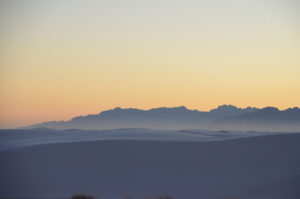 I’ll say it again. Don’t miss a sunset here. Evening is when it is easiest to get a “white” sand photo. When the sun isn’t directly overhead and so bright. There may be a ranger led walk to take advantage of the sunset, and I’ve heard that’s worth attending. The perfect conditions are of course a clear or nearly clear sky, and just a little wind. The lightest particles of sand blow off the tops of the dunes and create a aural glow over the peaks of the dunes. Don’t forget to turn around when you are watching a sunset. Often the sky turns some amazing pastel colors on the opposite horizon.
I’ll say it again. Don’t miss a sunset here. Evening is when it is easiest to get a “white” sand photo. When the sun isn’t directly overhead and so bright. There may be a ranger led walk to take advantage of the sunset, and I’ve heard that’s worth attending. The perfect conditions are of course a clear or nearly clear sky, and just a little wind. The lightest particles of sand blow off the tops of the dunes and create a aural glow over the peaks of the dunes. Don’t forget to turn around when you are watching a sunset. Often the sky turns some amazing pastel colors on the opposite horizon.
